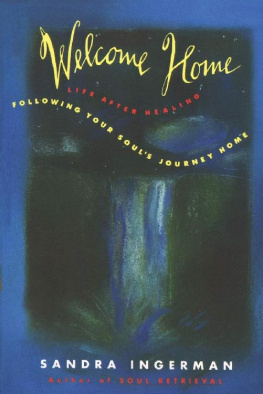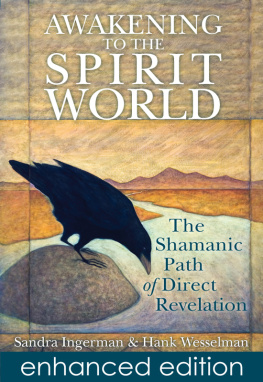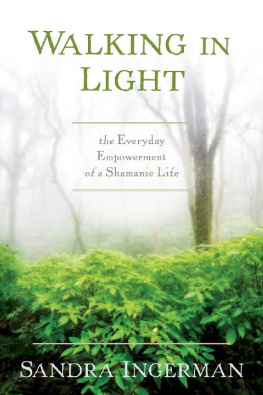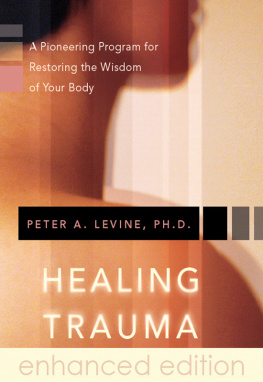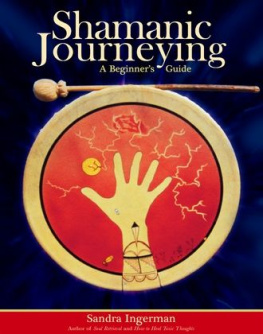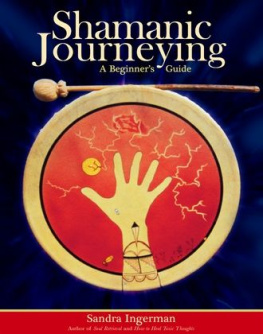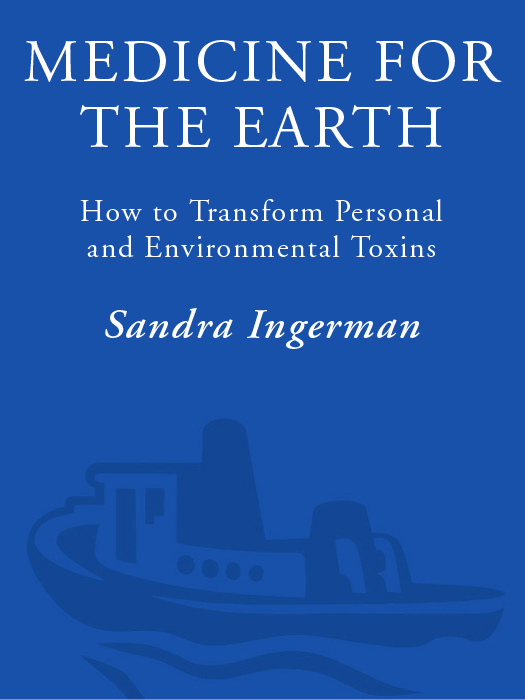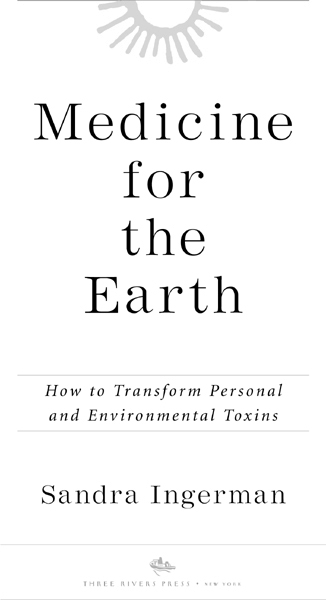Contents
I
II
III
IV
V
VI
Introduction
I n the late 1970s I spent some of my summers in the South Umpqua Valley of Oregon. One year I was a pinecone picker, and another year I was a firefighter for the Forest Service. Every free day I would soak up the sun on a beach along the South Umpqua River. I loved that river; its clarity and beauty touched me in the same way I craved to be touched by life.
As I lay on the beach one day listening to the healing sounds of the rushing river, I began to wonder if there was a way to reverse river pollution. I had graduated from San Francisco State University with a B.A. in biology and had specialized in marine biology, so my thoughts were naturally drawn to the water. Rivers were pure magic to me, and I felt sad knowing that the beauty of so many of the worlds rivers were being forever changed by pollution.
These reflections led me to consider returning to school to obtain a masters degree in biology and possibly write a thesis on reversing river pollution. I started contacting schools and soon found a college in Washington whose biology department faculty shared my enthusiasm. As I began to formally apply, I suddenly stopped in my tracks. I didnt really want to be a scientist; I wanted to work with people.
After a great deal of soul searching, I enrolled in the California Institute of Asian Studies (now called the California Institute of Integral Studies) in the counseling psychology program. On Halloween weekend of 1980, destiny led me to take a shamanism course with Dr. Michael Harner, anthropologist and author of The Way of the Shaman. I finished my masters-level program in counseling psychology in 1982 with a passion for practicing shamanism instead of traditional counseling.
Shamanism was the first spiritual practice of humankind. Evidence suggests that it dates back at least forty thousand yearssome anthropologists would argue that it is more than a hundred thousand years old. Shamans are found in many cultures worldwide, but the word shaman comes from the Tungus tribe of Siberia. A shaman is a man or woman who heals the spiritual aspect of illness: diagnosing and treating illnesses, divining information for the community, communicating and interacting with the spirit world, and often acting as a psychopomp, helping souls cross over to the other worlds.
Michael Harners work with shamanism had led him to explore the common shamanic practices performed in different regions of the world. He found that the practice of shamanism is distinguished by what is called the shamanic journey. Mircea Eliade, author of Shamanism: Archaic Techniques of Ecstasy, describes a shaman as a person who journeys in an altered state of consciousness outside time and space. Through these journeys, the shaman retrieves healing help and information for patients, family, friends, and community. Evidence of shamanic journeys is found in Siberia and other parts of Asia, Lapland, Africa, Australia, and native North and South America.
Shamans typically enter an altered state of consciousness through listening to percussion, which allows their soul to take flight to what Carlos Castaneda termed nonordinary reality. Within this reality, shamans travel to three different realms: the Lower World, the Middle World, and the Upper World. The Lower World and the Upper Worldwhich Australian Aborigines call the DreamtimeMichael Harner considers the home of the compassionate spirits. In these realms the shaman works with helpful spirits in the form of power animals, known as guardian spirits, and human teachers, who traditionally were religious figures or deceased ancestors.
There are many levels in the Lower World and the Upper World, as we live in an unlimited universe. Through exploration of these nonordinary realms, one can travel to different levels and experience varied landscapes as well as communicate with different power animals and teachers, who will have healing help to offer and great wisdom to share.
The Lower World is reached through a tunnel that leads into the earth. The landscape tends to be earthy, filled with mountains, deserts, seas, dense jungles, and forest. The Upper World is experienced by many as being ethereal. The light tends to be bright, and the colors tend to go from soft pastels to complete darkness. In the Upper World I know Im standing on something but cant feel the earth below my feet. The landscapes here can be quite varied. I might find myself in a crystal city or just simply in the clouds. The Middle World is the spiritual side of our ordinary world and is used by shamans to find lost and stolen objects and perform long-distance healings.
Since 1980 I have used the shamanic journey as my spiritual practice, to receive guidance for both myself and my clients and for healing spiritual illnesses whose symptoms can manifest as emotional or physical problems. In 1985 I joined the international faculty of the Foundation for Shamanic Studies, directed by Michael Harner. Since then I have taught shamanic journeying and healing practices to thousands of students around the world.
One of the beauties of shamanic journeying is that it allows for direct spiritual revelation. For example, the compassionate spirits have taught me how to live in harmony with nature, how to solve problems, and how to heal myself and others. I can honestly say that I would not be here today if it were not for the love, counsel, and wisdom the spirits have shared with me. Because of this, I am forever grateful to them.
Twenty years of journeying on the question of reversing pollution led me to write this book. The first seed was planted when both the spirits and my intuition told me that ancient people around the world knew how to transmute toxins.
I feverishly began envisioning the chapters. When I told others I was writing a book on transmutation, they were initially caught up in my excitement, but then inevitably asked the same question you may be asking: What is transmutation?
The word transmutation conjures up many different symbols and images: the old alchemists transmuting base metals into gold, Jesus turning water into wine, Jesus multiplying the loaves and fishes, or Moses parting the Red Sea while the Jews escaped from Egypt. Transmutation, as it is defined in this book, is the ability to transform poisons in the body and in the environment. Ancient texts, especially the Bible, are filled with metaphorical stories referring to this knowledge. Discussed in spiritual traditions worldwide, it is stored somewhere in every persons unconscious, and this book will provide you with several keys to unlock its riches.
Sadly, the art of transmutation has been lost to many modern-day cultures. It vanished when we began to imbue science with the power to save us. Despite the lifesaving advances that have been made, many illnesses still have scientists puzzled, and our environment has become increasingly dangerous.




